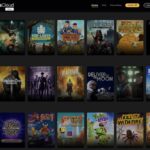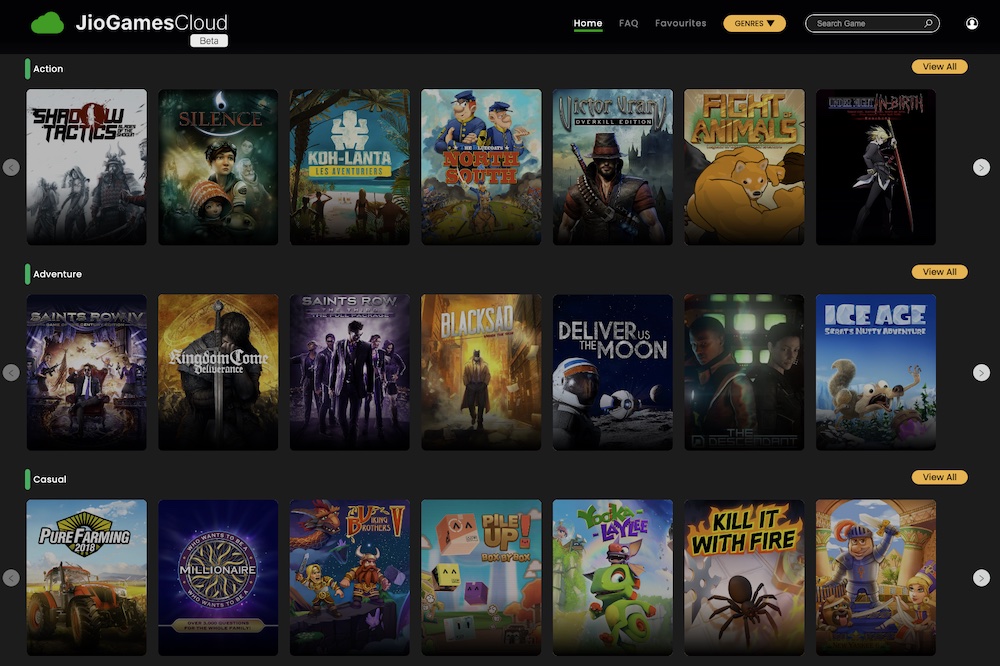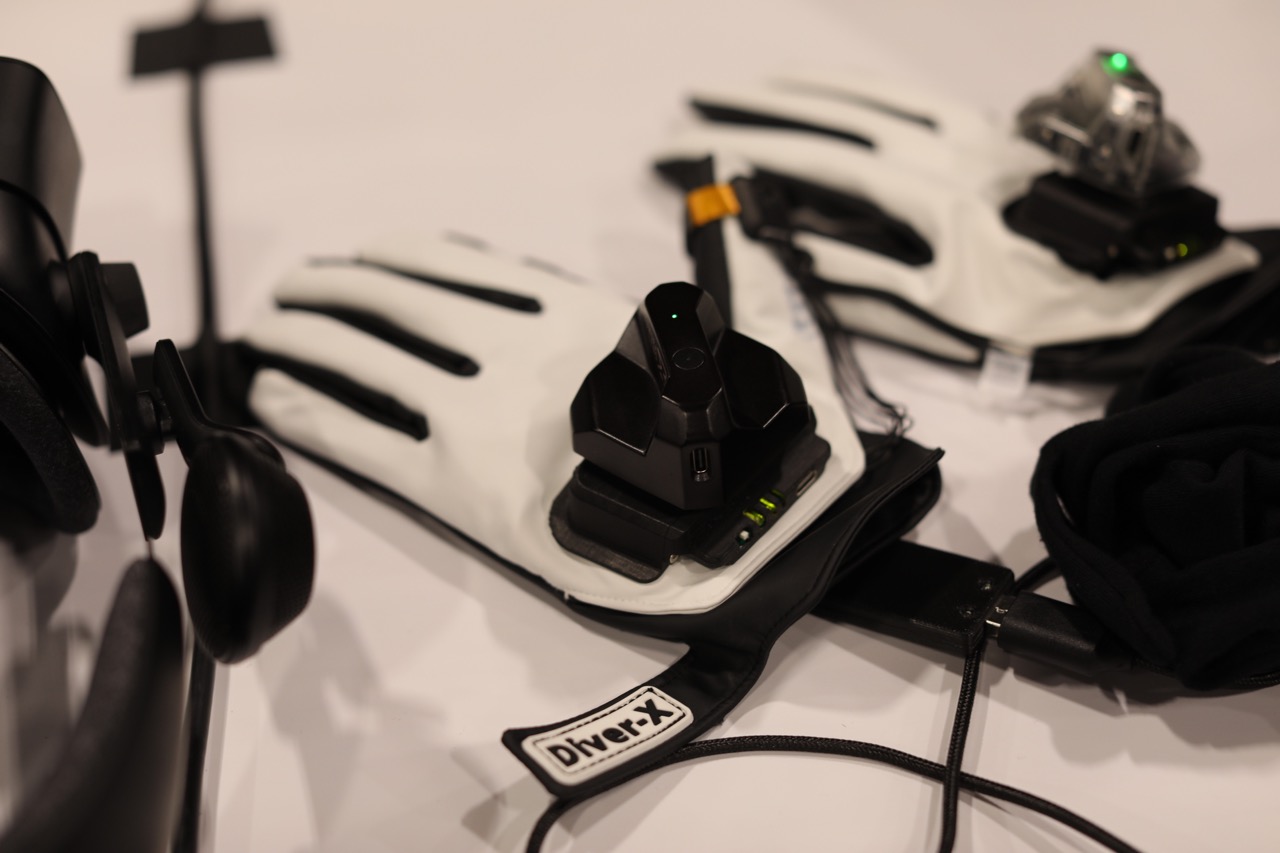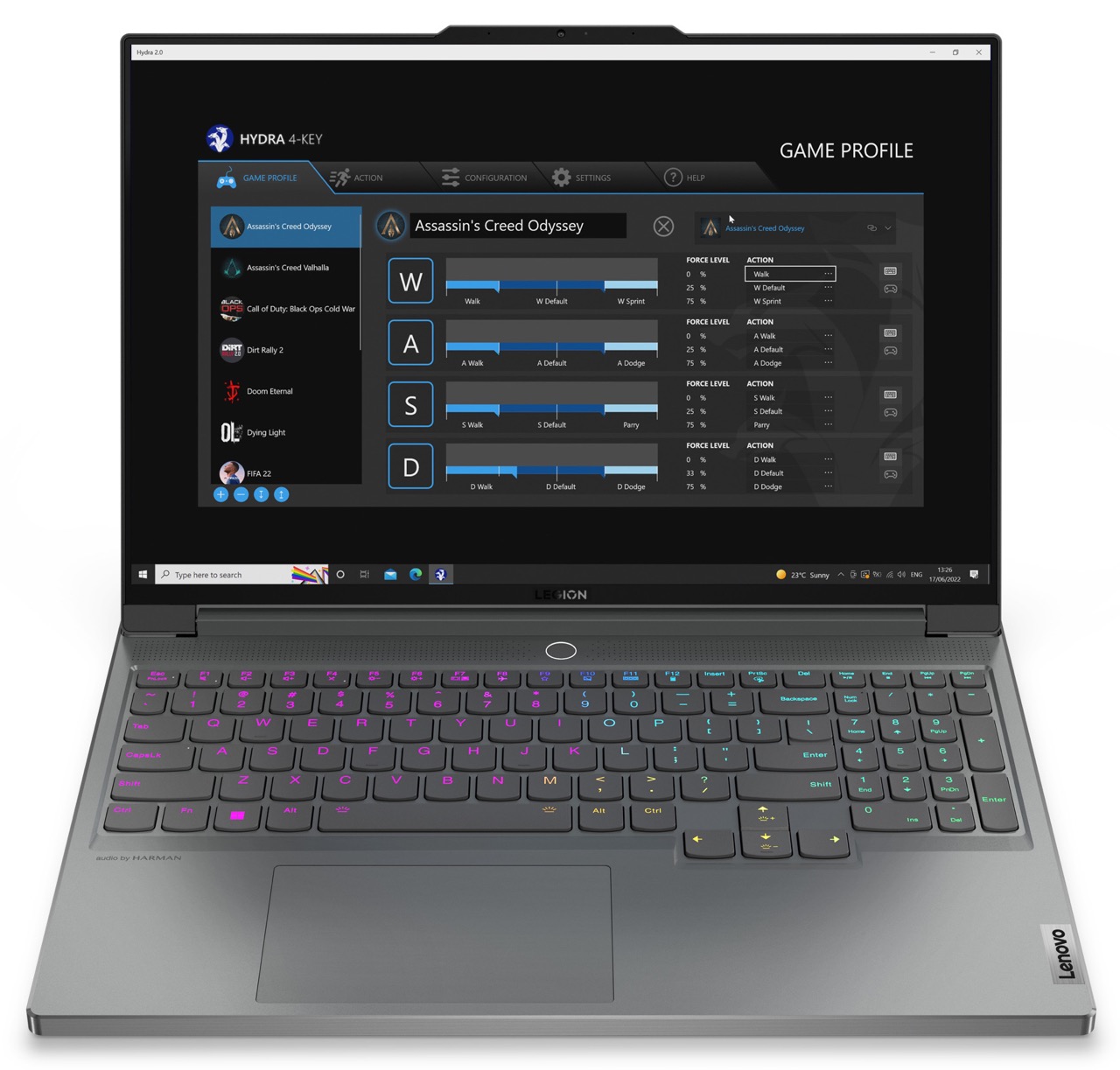It looks like Dungeons & Dragons just succeeded on a death-saving throw. After weeks of backlash and protests from fans and content creators, Wizards of the Coast — the Hasbro-owned publisher of Dungeons & Dragons — announced that it will now license the tabletop role-playing game’s core mechanics under the Creative Commons Attribution 4.0 International license. This gives the community “a worldwide, royalty-free, non-sublicensable, non-exclusive, irrevocable license” to publish and sell works based on Dungeons & Dragons.
“Overall, what we’re going for here is giving good-faith creators the same level of freedom (or greater, for the things in Creative Commons) to create TTRPG content that’s been so great for everyone, while giving us the tools to ensure the game continues to become ever more inclusive and welcoming,” wrote Dungeons & Dragons executive producer Kyle Brink in a blog post.
This is a massive change of heart for the gaming giant. Earlier this month, Wizards of the Coast (WoTC) sent a document with a new open gaming license (OGL) to top Dungeons & Dragons content creators, asking them to sign what they called “OGL 1.1.” Some creators leaked the document in protest, exposing its predatory terms that would suffocate the prolific fan community and collapse some creators’ businesses. The now-retracted OGL 1.1 would have required any Dungeons & Dragons creator earning over $50,000 to write reports to WoTC, and any making over $750,000 to start paying a 25% royalty. These numbers might seem high, but these figures refer to gross revenue, not income — and the industry of third-party Dungeons & Dragons content is so large that the impact would be severe. Other creators worried about a clause in the contract that would allow WoTC to publish their work, potentially without credit or payment.
Over 77,000 creators and fans signed an open letter against these changes, and some went as far as canceling their subscriptions to D&D Beyond, an online platform for the game. Finally, WoTC admitted that they “rolled a 1” — for those uninitiated in TTRPG-speak, that means they screwed up really, really bad.
“There’s no royalty payment, no financial reporting, no license-back, no registration, no distinction between commercial and non-commercial. Nothing will impact any content you have already published under OGL 1.0a. That will always be licensed under OGL 1.0a. Your stuff is your stuff,” Brink wrote in today’s blog post. Later in the post, he affirms again, “You own your content. You don’t give Wizards any license-back, and for any ownership disputes, you can sue for breach of contract and money damages.”
The draft of the new OGL under Creative Commons — known as OGL 1.2 — is a big improvement from the last document. But some fans remain worried about terms that impact virtual tabletops and works already licensed under the original OGL, which dates back to 2000. Virtual tabletop (VTT) software helps people play games like Dungeons & Dragons when they’re not in the same room, and of course, these products exploded during the pandemic. Dungeons & Dragons does not currently have its own VTT, though. As part of the new OGL, WoTC wrote a draft of a brand-new VTT policy.
According to the VTT policy, it’s okay for developers to display content from the Dungeons & Dragons sourcebooks. But WoTC is wary of content that is “more like a video game” than a TTRPG.
“What isn’t permitted are features that don’t replicate your dining room table storytelling,” the document says. “If you replace your imagination with an animation of the Magic Missile streaking across the board to strike your target, or your VTT integrates our content into an NFT, that’s not the tabletop experience.”
As far as content published under the original OGL goes, WoTC says that content already published will remain licensed, but moving forward, the old license will be deauthorized.
Tomorrow, WoTC will update the blog post with a link for fans to provide feedback — this survey will remain open until February 3. Then, within the following two weeks, WoTC will issue another update.
“The process will extend as long as it needs to. We’ll keep iterating and getting your feedback until we get it right,” Brink wrote.
This is a promising first step for Dungeons & Dragons to regain its fans’ trust. But when you make a death-saving roll, you have to succeed three times before your character can get back into the fray. Hopefully WoTC leadership keeps making good dice rolls.
Dungeons & Dragons’ publisher will put the game under a Creative Commons license by Amanda Silberling originally published on TechCrunch

Powered by WPeMatico


 (@VoidBurger)
(@VoidBurger) 







